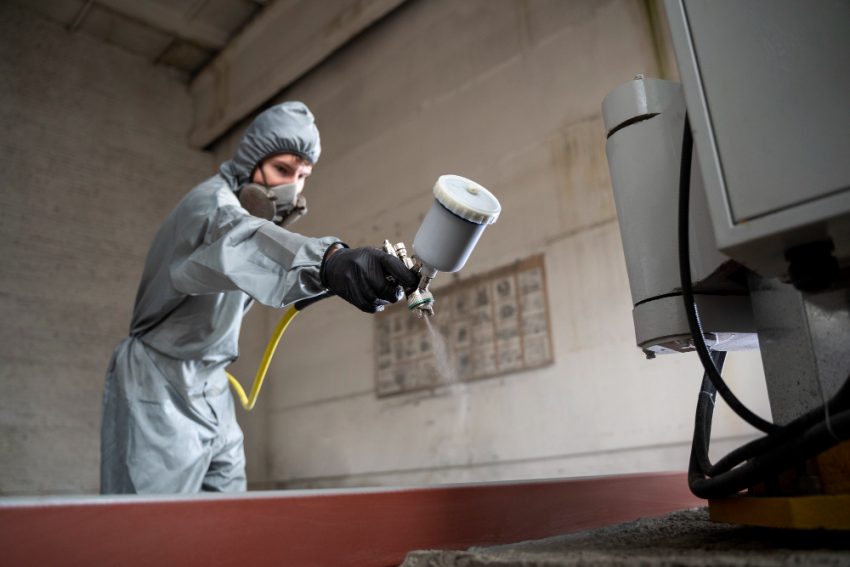Metal is great for many types of furniture and fittings around the home. It is durable, cheap, and elegant, which is why our décor frequently includes it. From metal chairs to fence posts and doors, metal fittings can’t be separated from our homes.
As spectacular as this material is, it has one significant disadvantage: Rust. Any metal that contains iron will rust on exposure to a sufficient amount of moisture and oxygen. This affliction can eat deep into the metal, damaging its structural integrity and making it useless for anything.
Spray painting is a way to prevent this from happening, by giving the metal a glossy coat to repel moisture. But is this only a preventive measure? Can you spray paint over rust?
The short answer is yes. Yes, you can spray paint over rust, but it would require a few steps to undertake it properly.
Spray Painting Over Rust: How It’s Done
Splashing some paint over a rusty piece of furniture would do little to stop the progress of the damage. It can only work if you follow these steps:
- Prepare the surface: The surface of the furniture has to be extensively prepared before any spraying can be done. First, remove the loose rust on the surface of the metal with a wire brush or sandpaper. Scrape it as much as possible and note if the rust has completely eaten through the metal.
If that is the case, spray painting wouldn’t be enough to save your furniture. Replacing it would be recommended, but you can patch it up with an auto-body filler.
After the scraping, clean off the grit and grease with a cloth dampened in a degreasing solution. Let this dry before priming.
- Use a rust converter or rust preventive primer: There are many types of primers, but you’d be better off with ones that are made specifically for rusty jobs.
For extensive rust, a water or oil-based rust conversion primer should be used. For less rusty jobs, a water or oil-based rust-preventive primer can suffice.
Apply 1-3 coats of the primer, allowing each coat to dry out before applying the next.
- Apply the paint: After these steps, you can now apply your paint. However, your choice of paint is important. Water and oil-based paints would work for almost all metals, but galvanized ones are different.
These fittings are coated with zinc to slow down rusting. It takes a long while, but they rust eventually. When that happens, steer clear of oil-based primers and paints, as they undergo a chemical reaction with the zinc, causing the paint to peel off. Use latex-based primers and paints instead.
Use multiple thin coats of paint, instead of a single thick coat. Also, ensure that your strokes overlap for better coverage.
Conclusion
Painting over rusted materials can be instrumental in preventing further rusting. It can save costs and rejuvenate your favourite furniture.
However, spray painting may only be a temporary solution for extensively rust-damaged furniture. You might have to replace such furniture or consult the help of professionals like PBM Paints.
These professionals would handle your job swiftly, with the assurance that the job would be well done.

